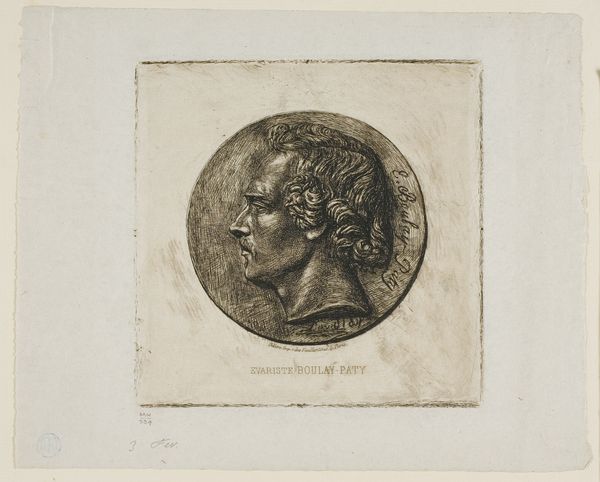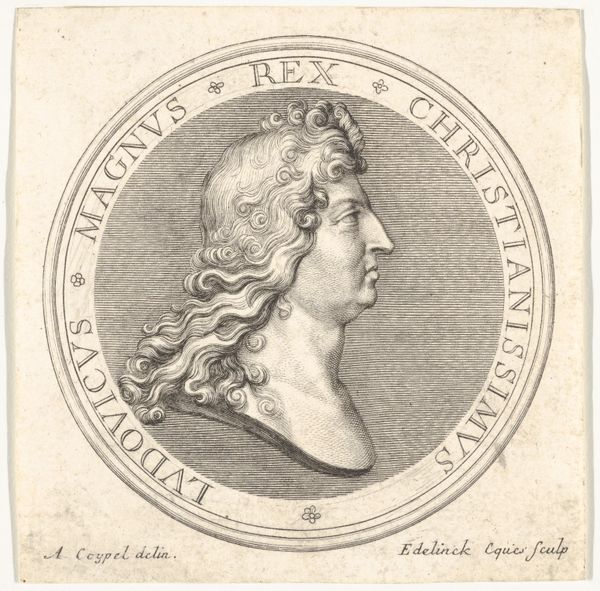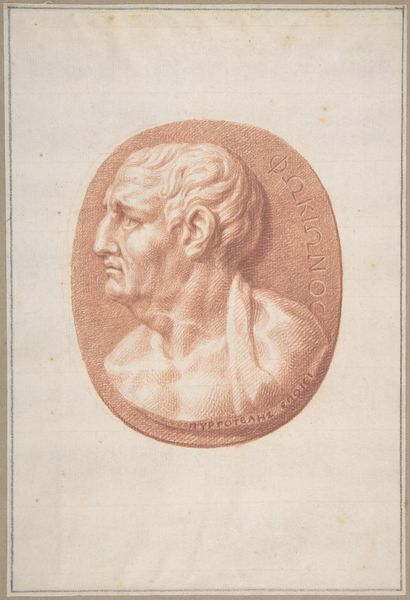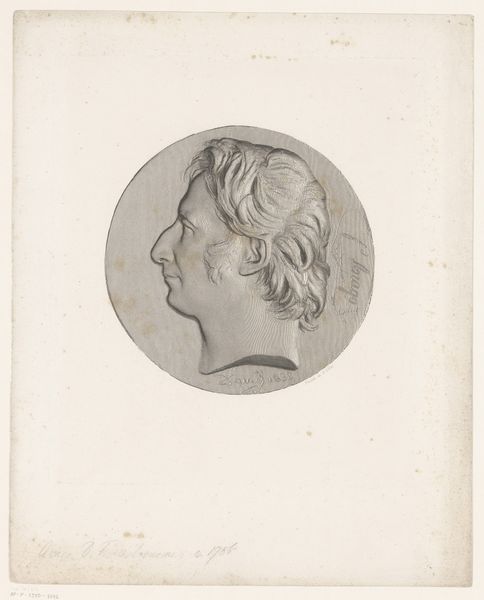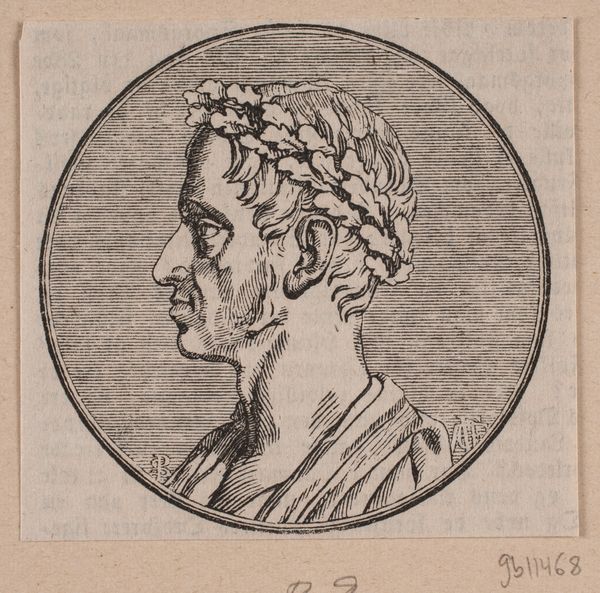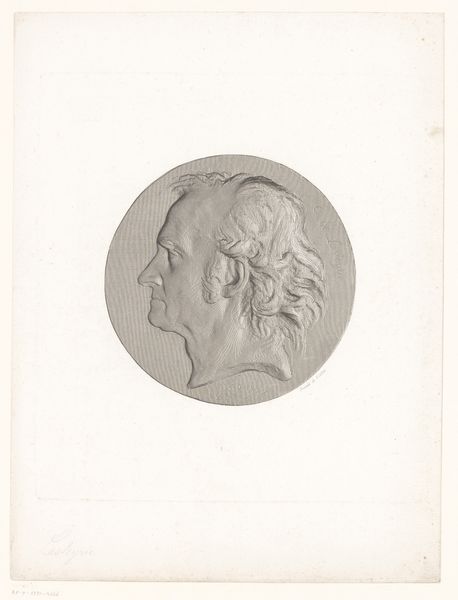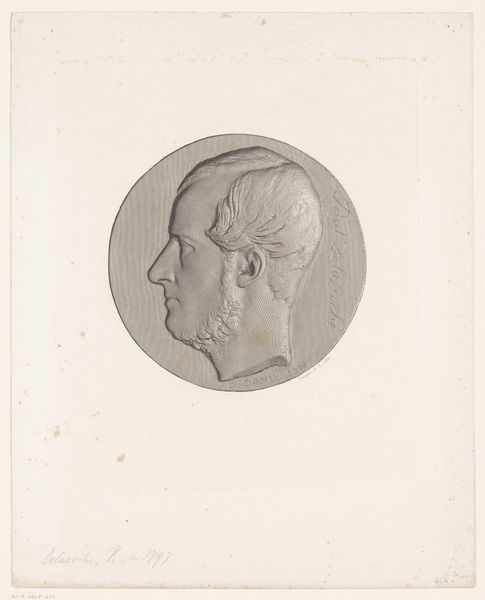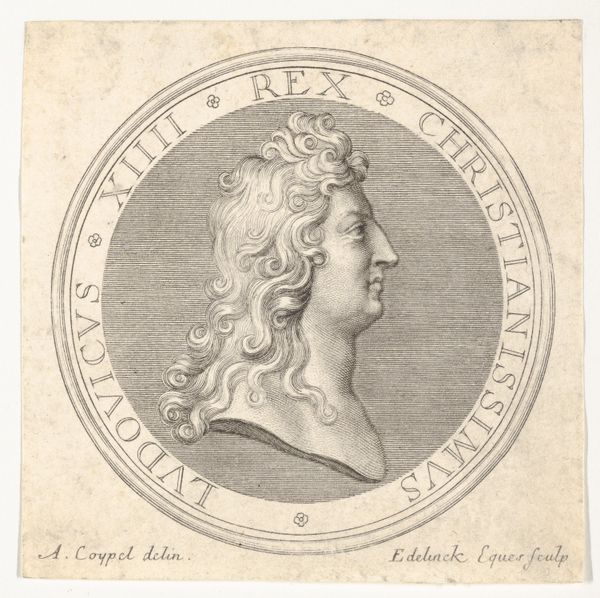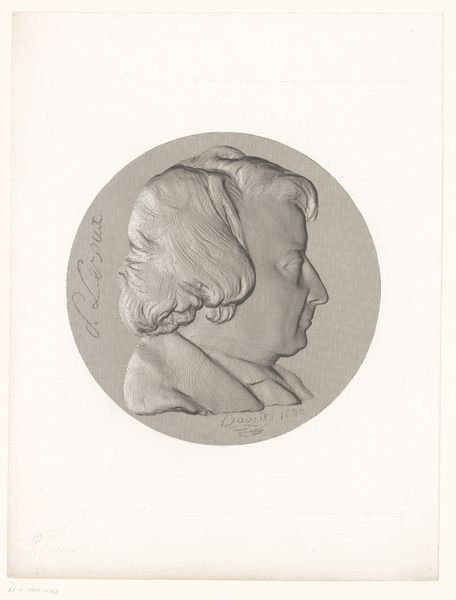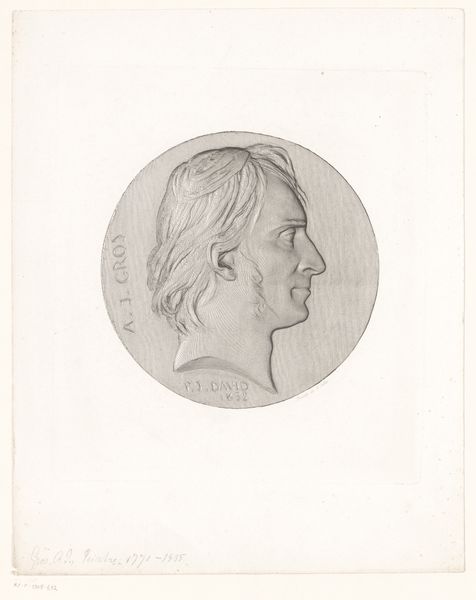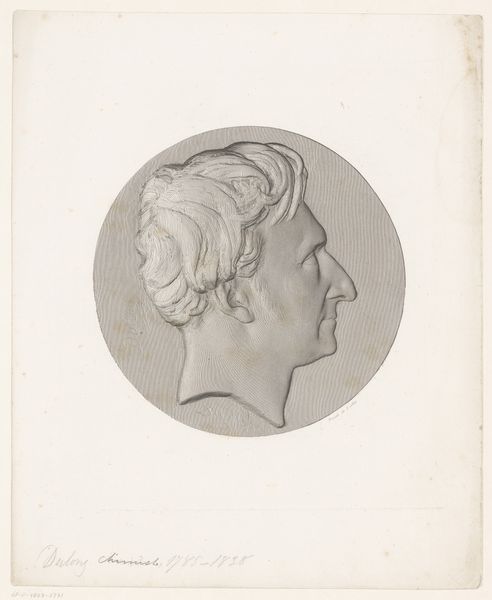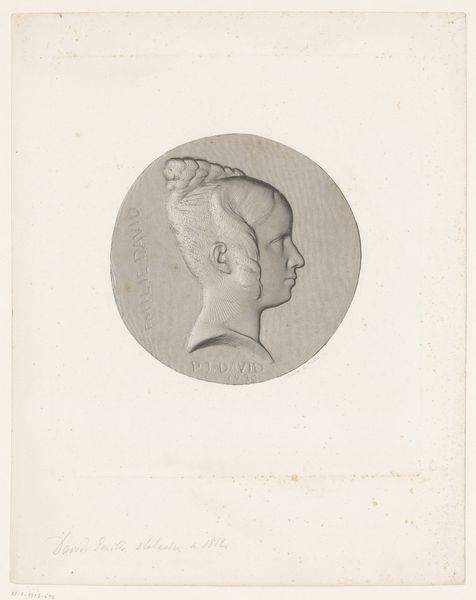
Evariste Boulay-Paty; A Poet (From a Bronze by David d'Angers) 1861
0:00
0:00
#
pencil drawn
#
aged paper
#
toned paper
#
light pencil work
# print
#
pencil sketch
#
old engraving style
#
charcoal drawing
#
pencil drawing
#
portrait drawing
#
pencil work
Copyright: National Gallery of Art: CC0 1.0
Editor: Here we have Charles Meryon's print from 1861, "Evariste Boulay-Paty; A Poet (From a Bronze by David d'Angers)." It's interesting how he translated a three-dimensional sculpture into this delicate, almost ghostly etching. What can you tell us about this choice to represent sculpture in print? Curator: Well, it points to a larger nineteenth-century fascination with accessibility and reproduction. Meryon, known for his architectural prints of Paris, is here engaging with a different form, portrait sculpture. Think about the role of the print medium itself. It democratized art. Suddenly, portraits of prominent figures, like this poet Boulay-Paty, became accessible to a wider audience than just those who might commission a bronze bust. How does this accessibility shift the perceived value or power of the image itself? Editor: So, it’s not just about aesthetic representation but also about social access and influence? That's quite different from simply creating a likeness. Curator: Exactly! Consider that photography was also gaining momentum then. Printmaking occupies this fascinating space between unique artwork and mass reproduction. How might Meryon be commenting on this transition through his technical choices, using delicate lines to capture a bronze original? Is he highlighting the loss of the 'aura' Walter Benjamin spoke about, or perhaps creating a new kind of aura? Editor: The delicacy of the lines does feel almost melancholic now that you mention it. Almost like it's hinting at the fading of a traditional artistic form in light of newer technologies. Curator: Precisely. It invites us to question the role of art in a rapidly changing society and who has access to that art. The image becomes a site of cultural negotiation. Editor: I hadn't thought of it that way, but it really changes my understanding of this work. It’s more than just a portrait, it's a statement about art's place in society. Curator: Yes, art never exists in a vacuum; its value is continuously negotiated. Looking closer always gives us more context!
Comments
No comments
Be the first to comment and join the conversation on the ultimate creative platform.
